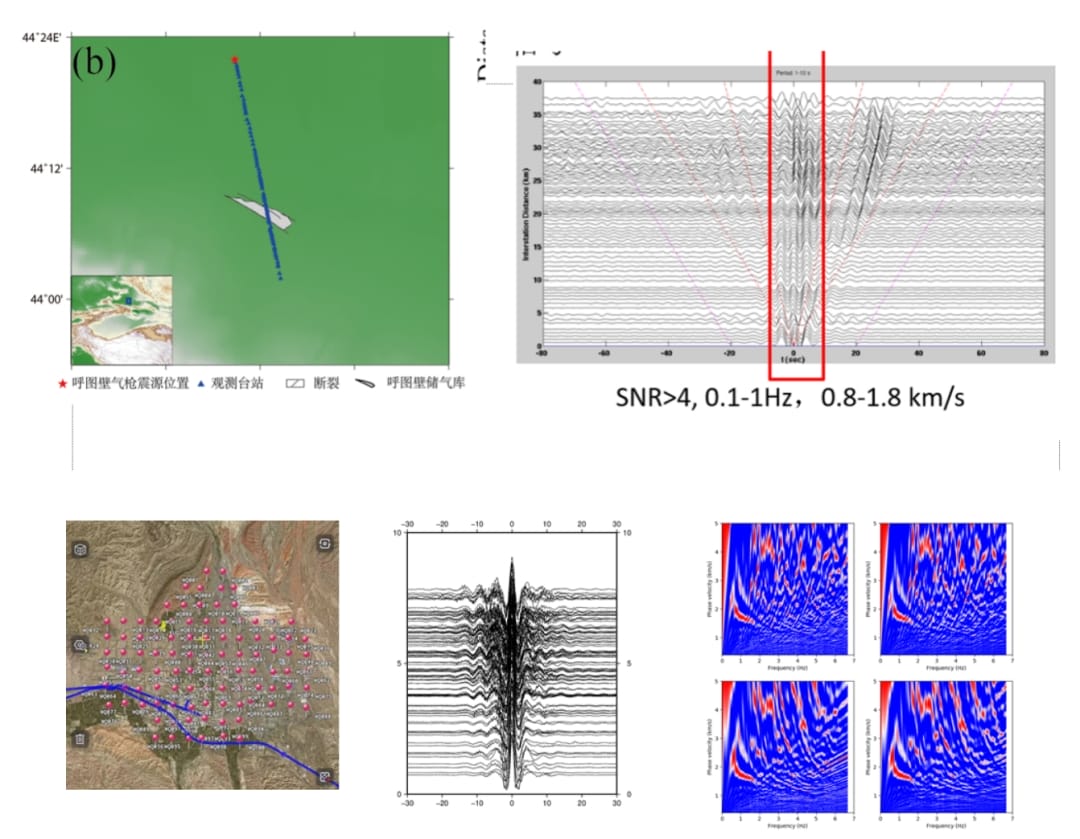
What is High-Gain Mode?
High-gain mode acts like a magnifying glass for seismic signals. It amplifies weak seismic events, improving sensitivity and capturing data that traditional methods often miss.
Key Benefits of High-Gain Mode
Enhanced Sensitivity
High-gain mode increases the detection of small seismic events by amplifying the signals within the sensor. This makes it ideal for applications that require precision, like passive source detection.

Noise Suppression
It minimizes background noise, ensuring clean and accurate seismic data. A clear signal-to-noise ratio is critical for interpreting underground structures effectively.
Optimal Gain Settings
For regions with low background noise, a 36dB gain setting is recommended. This configuration ensures accurate seismic monitoring while maintaining a low instrument noise floor.

Applications in Geoscience
In passive source seismic detection, which relies on natural events to study Earth’s structure, controlling noise levels is essential. Advanced high-gain modes not only improve data quality but also enhance research efficiency, making them indispensable in modern geophysical studies.
